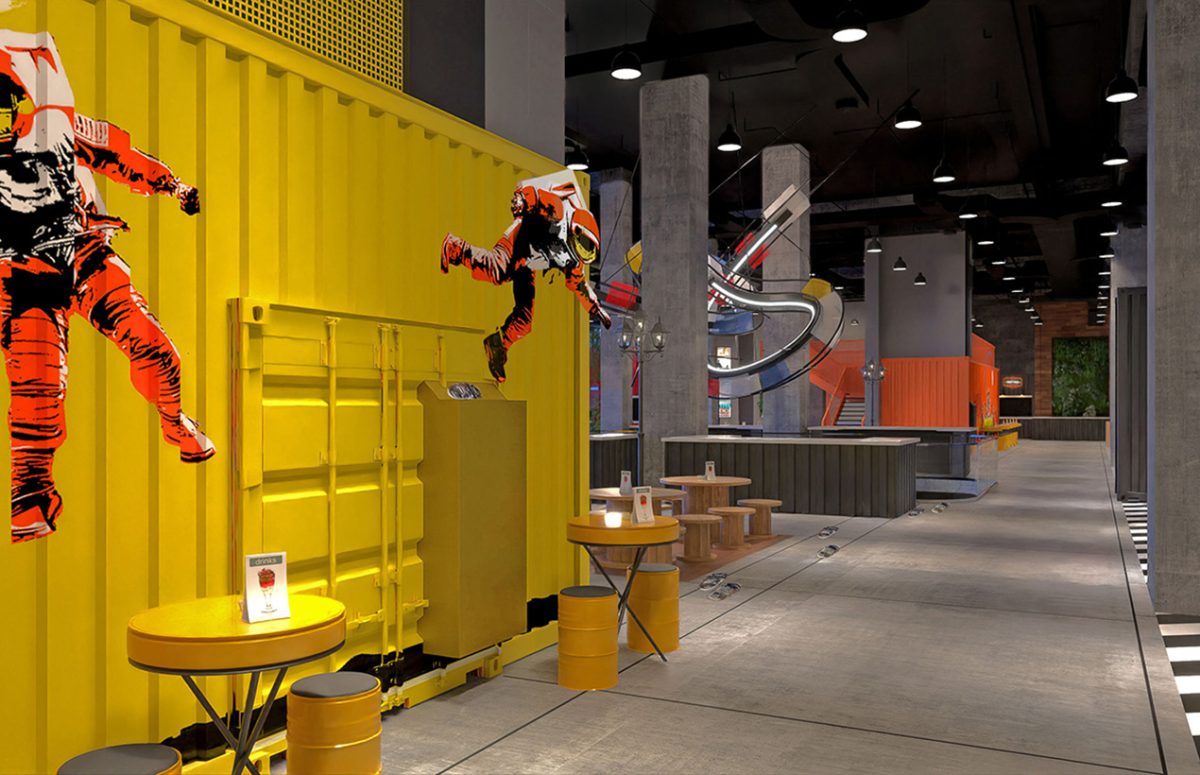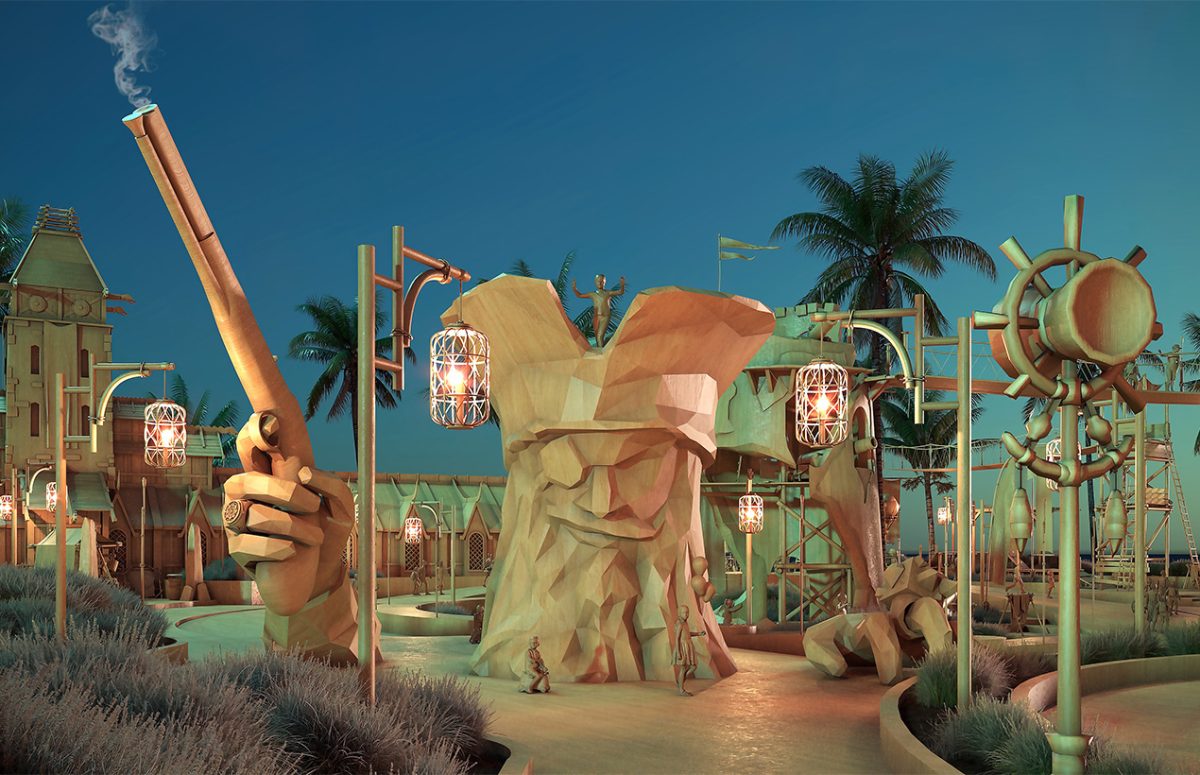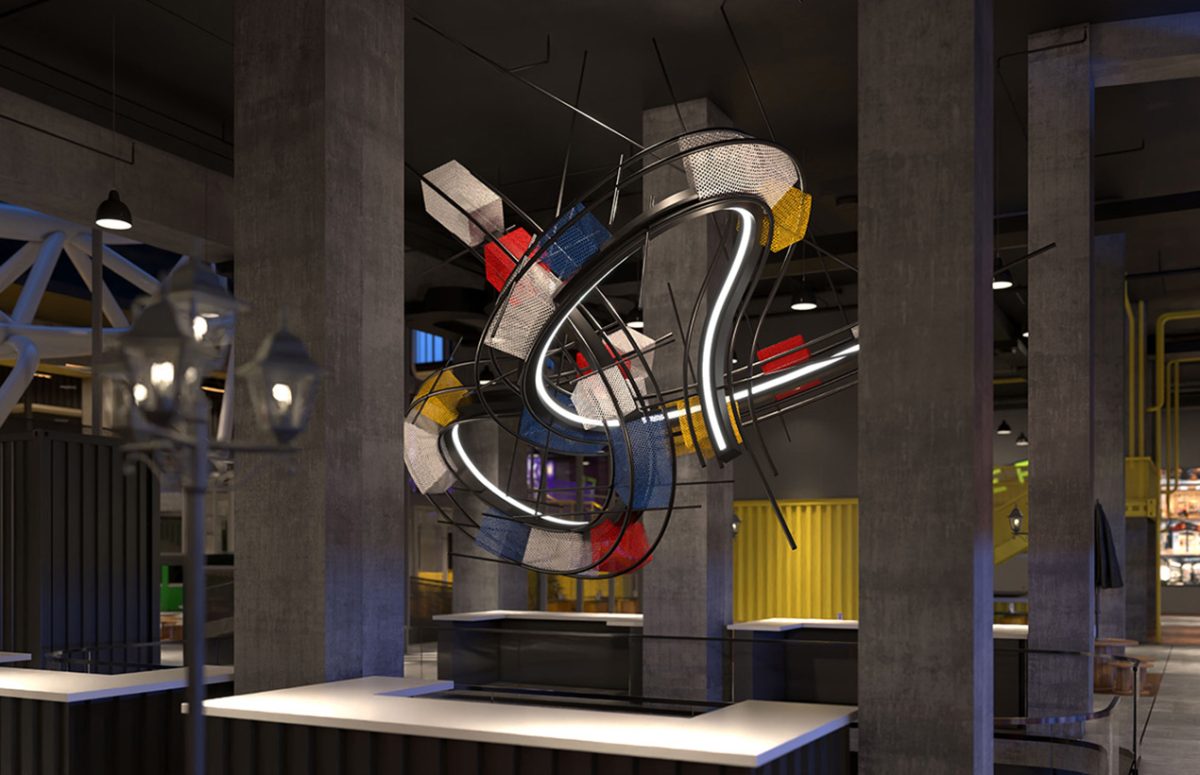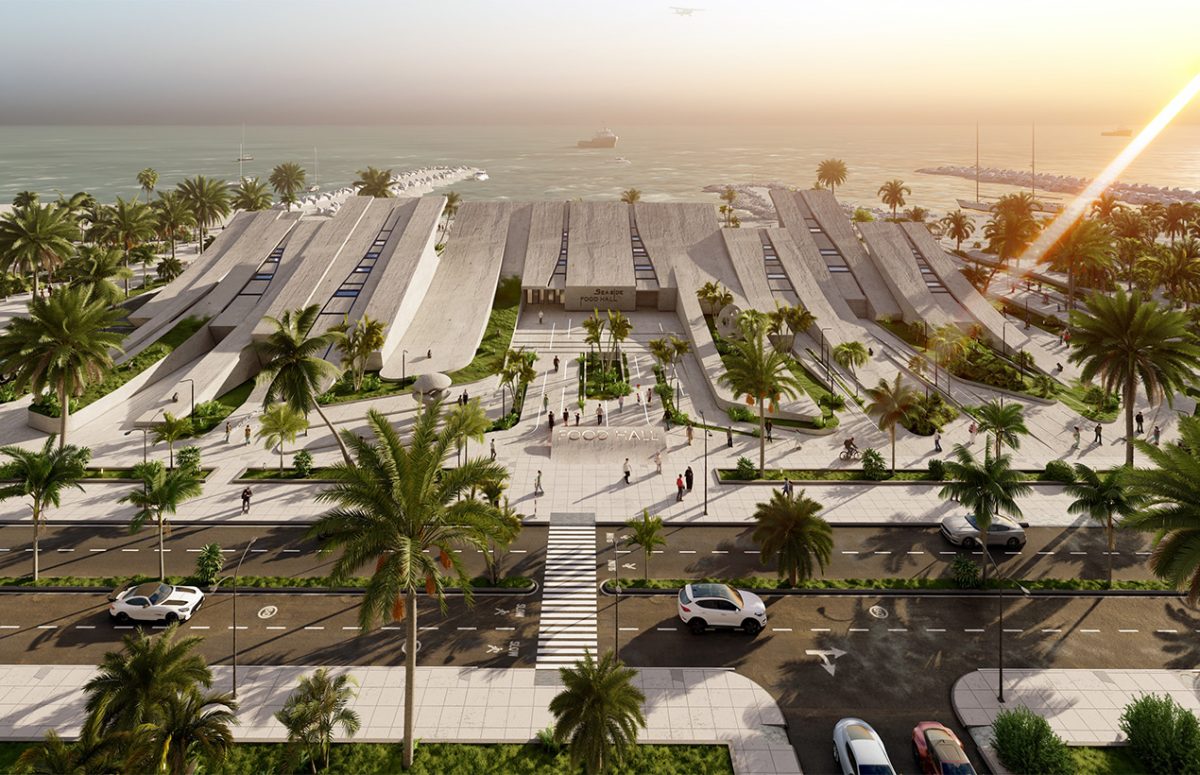

Mohsen Seraji – Creative Director and Foresight Researcher
Thematic Design is a specialized branch in the field of experiential space design, developed with the aim of creating environments based on a specific narrative or theme. This approach goes beyond the mere functional aspects of space, striving to craft a cohesive and meaningful experience for the audience—an experience in which space, narrative, and sensory elements (visual and auditory) are in complete harmony.
In thematic design, the central theme or concept is considered the core idea, and all components of the space—from architectural forms, furniture, and lighting to music, scent, and staff uniforms—are designed to reinforce this theme. This approach was first introduced professionally in the 1950s through theme park projects by Disney and later expanded to other cultural, commercial, and recreational environments such as restaurants, museums, hotels, and shopping centers.
One of the scientific and distinctive aspects of thematic design is the role of narrative in shaping space. In this design method, narrative functions as a mental and experiential structure that guides the audience through spatial paths, constructing a step-by-step journey. The narrative can be based on history, culture, myths, films, or abstract concepts.
From a theoretical perspective, thematic design intersects with areas such as user experience design (UX Design), environmental studies, and environmental psychology. Research shows that thematic spaces—due to their narrative-driven nature and multisensory stimulation—enhance the memorability of the experience and foster a sense of place attachment. Consequently, such environments have gained prominence in experience-based marketing and sensory branding.






Today, thematic design is employed in new concepts such as interactive theme parks, concept cafés, narrative exhibitions, and conceptual stores. The integration of emerging technologies like Augmented Reality (AR), Virtual Reality (VR), and smart lighting allows designers to create more multidimensional and immersive experiences for audiences.
Ultimately, thematic design can be seen as a fusion of art, architecture, and storytelling—serving the creation of a unified and memorable experience for the audience. It transcends the everyday functions of space, embedding itself in the minds and emotions of people, and leaving a lasting impact on their cultural and personal identity.